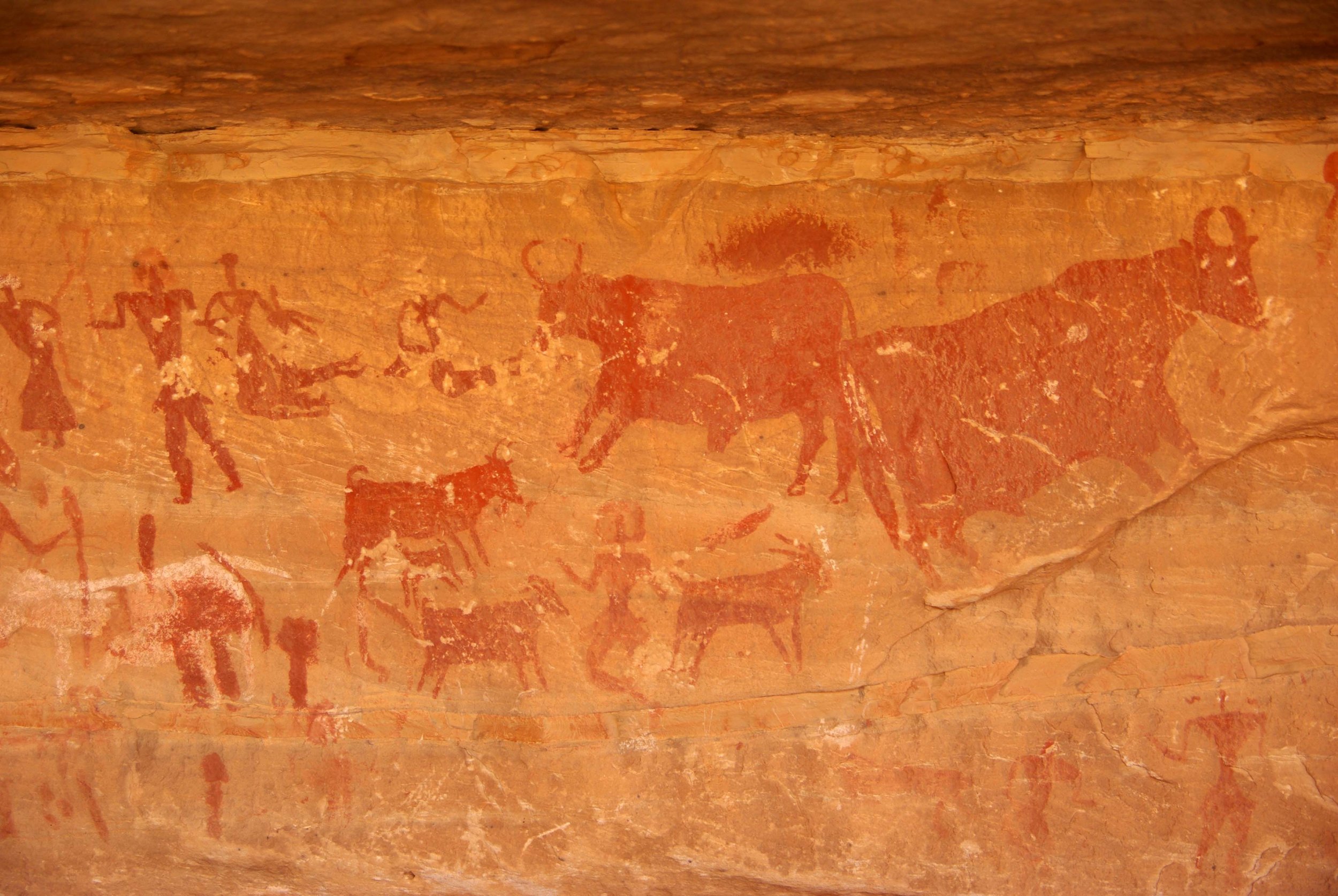
WHY ANIMALS?
“ANIMALS ARE GOOD TO THINK WITH.”
The quote above, widely attributed to the famed anthropologist Claude Lévi-Strauss, captures the spirit of this Public Humanistic Inquiry Lab. From the dawn of Homo sapiens onward, non-human animals have exerted a powerful shaping force on human lives and lifeways, supporting human subsistence and supplying the raw stuff of material culture. 150,ooo years ago, people living along the Moroccan coast fashioned snail shells into the world’s first known jewelry, while 40,000 years ago, in Paleolithic Germany, bird bones and mammoth ivory became the first known musical instruments. Perhaps even more importantly, animals structure our conceptions of ourselves and our world; they constitute the primary “other” against which the human is defined, but at the same time, they embody human identities (consider the bald eagle and the Colby mule) and provide potent metaphors for thinking through human problems (consider Aesop’s Fables and Animal Farm). The earliest extant representational art—an Indonesian cave painting created at least 45,000 years ago—depicts wild pigs flanked by handprints, reflecting the degree to which animals are native inhabitants of the human imagination.
Today, routine interactions with wildlife or livestock have become uncommon in the developed world; for many of us, pets account for the majority of our interspecies encounters. Nonetheless, animals remain central to culture. Although wildlife populations have declined by nearly three-quarters over the past half-century, technological advances have produced unprecedently abundant representations of animals: nature documentaries fill our screens with high-resolution close-ups of charismatic fauna, while digitally concocted critters tug at our heartstrings and tickle our funnybones. (Perhaps the enduring fascination with animals in our increasingly animal-free reality has its roots in the psychological phenomenon known as “biophilia,” defined as “the urge to affiliate with other forms of life.”) And a select handful of species have multiplied in the anthropocene: we now share the planet with billions of chickens, cows, and pigs. Here, a crucial point emerges: animal studies calls us to consider the ways in which we think with animals, but it also challenges us to confront to the ways in which we might prefer not to think about animals in an era of mass extinction, factory farming, and zoonotic disease. If the pleasures of biophilia lie close to the heart of animal studies, so too do the urgent problems of biocapitalism and necropolitics.
Animal studies raises questions that reach across geographical regions and historical eras, holding relevance for virtually every humanities discipline. How do symbolic and metaphorical animals structure our conception of ourselves as humans and our most uniquely human behaviors—our language, our art, our philosophies, our theologies? How have flesh-and-blood animals—wildlife, pets, vermin, livestock—shaped our history, and what role will they play in creating our shared future?

